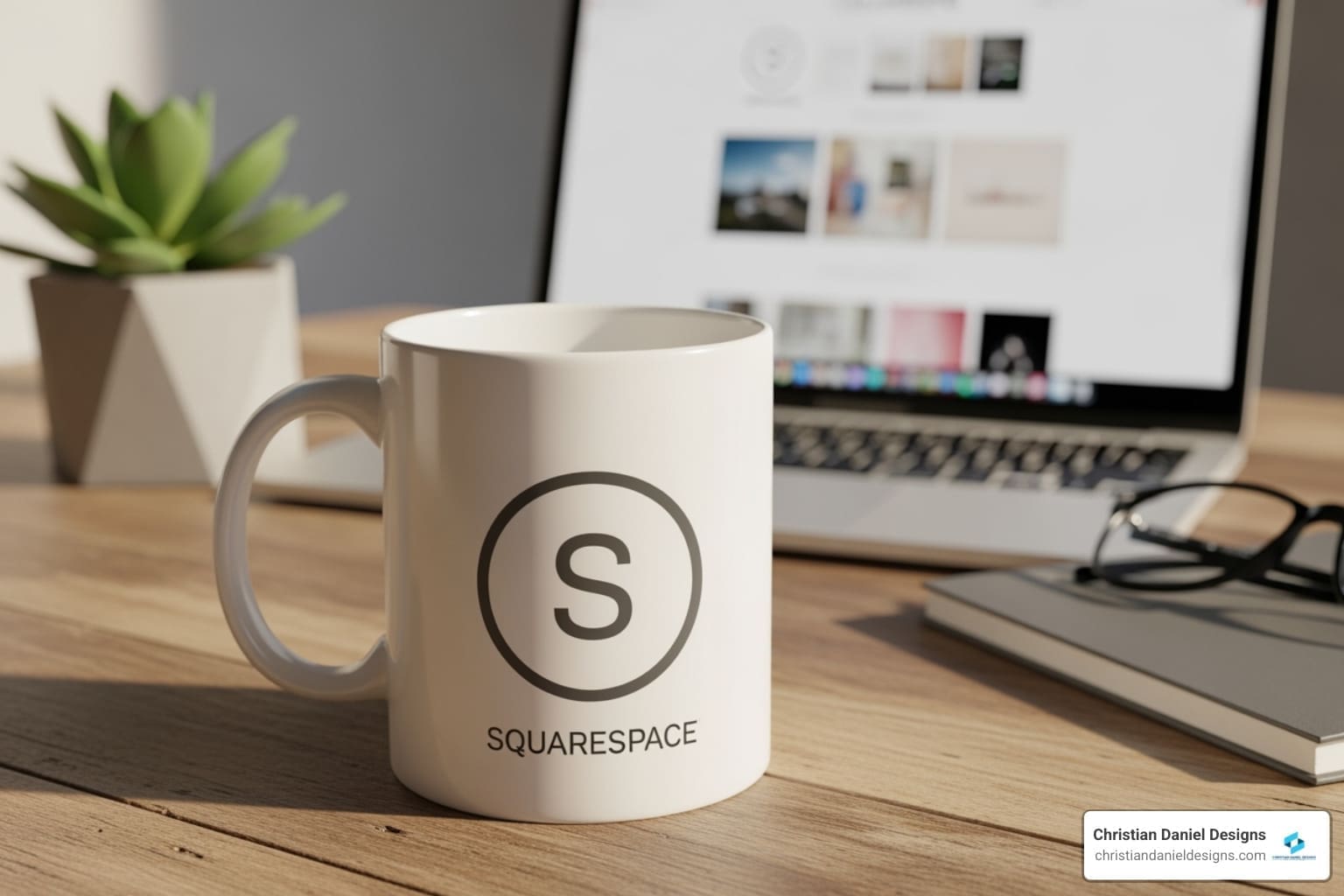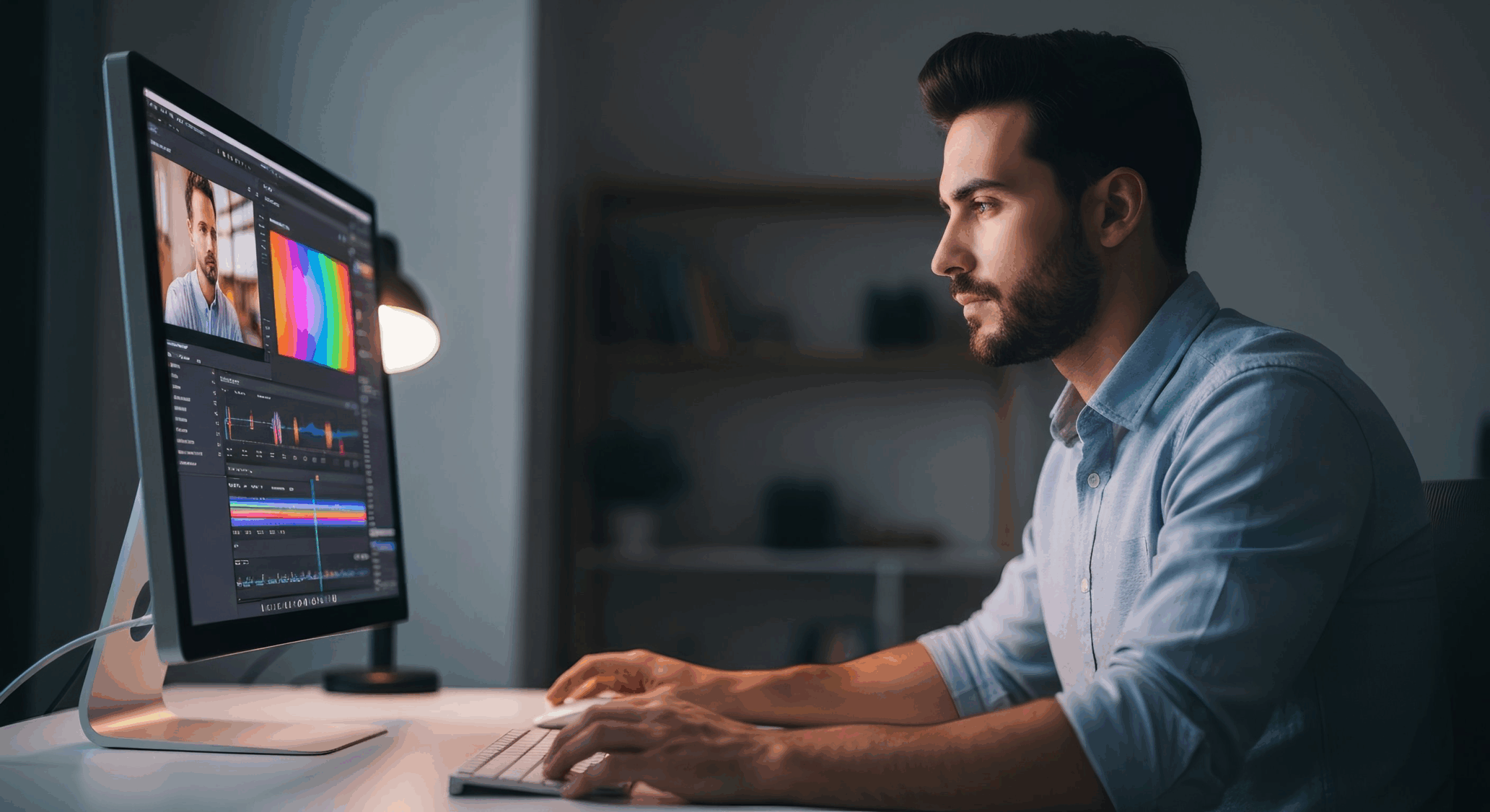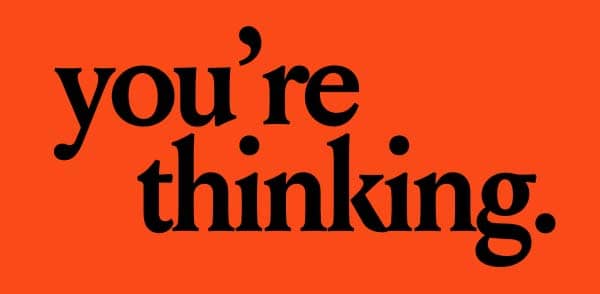Why Your Website Is Your Most Important Business Investment
Small business web design isn’t just about looking good—it’s about building a digital storefront that works for you 24/7. A professional website builds credibility, attracts customers, and sets you apart from competitors still using outdated designs or social media alone.
Here’s what effective small business web design delivers:
- Credibility – A professional design makes your business look trustworthy.
- 24/7 Lead Generation – Your site works while you sleep, capturing leads.
- Mobile Experience – With over 75% of searches on mobile, your site must be flawless on phones.
- Brand Showcase – Tell your unique story and stand out.
- Sales Growth – Fast, user-friendly sites convert visitors into customers.
Your website is your first handshake with a potential customer. Visitors form an opinion in just 0.05 seconds based on your site’s design. If it looks dated, loads slowly, or fails on mobile, you’re losing customers instantly. Research shows a slow site (over 3 seconds) sends 40% of visitors away.
The good news is that investing in professional web design pays for itself. Businesses that focus on user experience see dramatic results, with some reporting huge lead increases and doubled revenue.
I’m Christian Daniel, and for over 20 years, I’ve designed custom websites and video content for small businesses, particularly in hospitality. Through Christian Daniel Designs, I’ve helped brands like The Plaza Hotel create sites that drive bookings, build trust, and deliver measurable ROI.
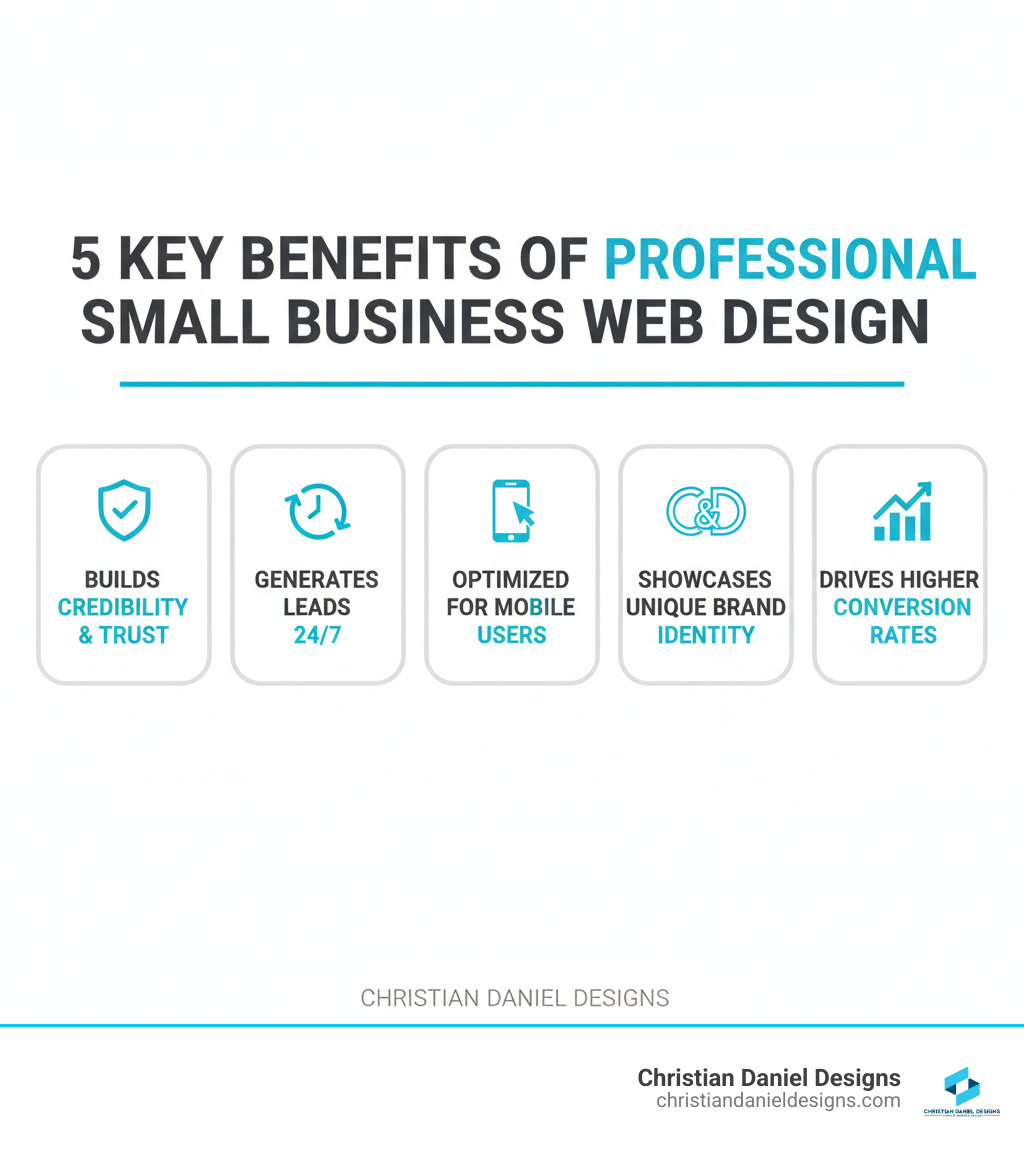
Small business web design word roundup:
Why a Professional Website is Your #1 Business Asset
Your website is your hardest-working team member. It’s your digital first impression, greeting customers and building trust 24/7. The difference between a site that converts and one that doesn’t is trust. A professionally designed site answers “yes” to the question, “Can I trust this business?” before a visitor reads a word. Forbes notes that credibility is a primary reason every business needs a website.
This is where showcasing your brand identity is crucial. Your site communicates who you are and why you’re different, helping you stand out from competitors. When done right, you’re not just another option—you’re the option. A well-designed website also generates leads 24/7, capturing contacts and bookings while you run your business. That’s the power of conversion-focused design.
The Mobile-First Imperative
If your website doesn’t work perfectly on a phone, you’re losing money.

The numbers are clear: according to Pew Research, smartphone use is dominant, and over 75% of web searches happen on mobile. Google knows this, which is why they use Mobile-First Indexing. Your site’s mobile version is what they primarily use for search rankings. A clunky mobile experience means Google pushes you down in search results.
This is the mobile-first imperative. Your site must look stunning and work flawlessly on any screen. That’s what responsive design delivers—one website that adapts beautifully to any device. I’ve written more about how Google’s Mobile-First Indexing affects your business.
How Design Impacts Credibility and Sales
Design directly impacts your bottom line. Research from Dynamic Yield shows that 21% of shoppers abandon their carts because the checkout process is too complicated.
When I talk about small business web design, I’m talking about how every element either builds confidence or creates friction. A clean, intuitive design builds user trust and shows professionalism. It improves your brand perception and leads to higher customer satisfaction. These aren’t minor details—they’re the difference between a sale and a bounce. A well-designed site doesn’t just look better; it performs better. To ensure your site works across all devices, check out my guide to responsive design.
My Blueprint for Effective Small Business Web Design
When I design a website, I’m not just thinking about aesthetics. I’m building your hardest-working employee.

My blueprint for small business web design centers on three things: reflecting your brand, being useful for customers, and having a solid technical foundation. Every decision is user-centric. The most successful sites are attractive, customized, mobile-friendly, and optimized for search engines. You can see these principles in my portfolio of custom designs.
Essential Design & User Experience (UX) Elements
User experience is the difference between a visitor who stays and one who leaves.
- Clean layout: Clutter kills conversions. Your design must communicate instantly, as visitors form an opinion in just 0.05 seconds.
- Simple navigation: Visitors should never have to hunt for information. I build intuitive menus so they can find what they need effortlessly.
- Visual hierarchy: I use size, color, and placement to strategically highlight what matters most, guiding the visitor’s eye.
- Branding consistency: Your website should feel like a natural extension of your business, using the same colors, fonts, and personality to build trust.
- Call-to-actions (CTAs): Buttons like “Contact Us” or “Book Now” must be compelling and impossible to miss.
- User journey mapping: I think through the path a visitor takes from the homepage to becoming a customer, ensuring every page guides them forward. My approach to platforms like Squarespace designs follows these same core UX principles.
Content Strategy and Organization
Great design with poor content won’t work.
- Compelling headlines: Most visitors will leave if your headline doesn’t grab them. I write clear, benefit-focused headlines that demand attention.
- Scannable text: Users read only about 28% of the words on a page, so text must be scannable. I use short paragraphs and clear subheadings to make information easy to digest.
- High-quality images: Professional photography is non-negotiable for products. For services, authentic photos or custom illustrations build personality. I also help businesses with small business video marketing to tell their stories.
- Showcasing products/services: I focus on benefits over features. People buy solutions to their problems, not just specifications.
- Logical site structure: Related information should be grouped intuitively. I also ensure content is kept current, as outdated information suggests an inactive business.
Technical Must-Haves for Performance
The technical foundation is invisible but critical.
- Fast load times: With 40% of visitors leaving a site that takes longer than 3 seconds to load, speed directly impacts conversions. I optimize every site for lightning-fast performance.
- Secure hosting: Cheap hosting can lead to downtime and security risks. I prioritize reliable, secure hosting. For extra peace of mind, I can conduct Website Security Audits.
- Website accessibility: Following Web Content Accessibility Guidelines (WCAG) is ethical, often legally required, and expands your audience.
- Basic SEO setup: A beautiful website is useless if no one can find it. I build SEO best practices into every site from day one. For more advanced strategies, see my guide on how to get on Google’s first page.
Choosing Your Design Partner: Agency vs. Freelancer
Deciding who builds your website is a critical business choice. It’s about finding a partner who understands your vision and can deliver results. The choice is usually between a web design agency and a freelancer like me, and it depends on your project scope, budget, and communication style. My guide for business owners can help you steer this decision.
The Key Differences
Having worked in this industry for over 20 years, here’s an honest look at both options.

| Feature | Web Design Agency | Freelancer |
|---|---|---|
| Cost | Generally higher (reflects team, overhead, resources) | Often more budget-friendly (lower overhead) |
| Team/Expertise | Diverse team (designers, developers, SEO specialists) | Individual skill set (may specialize in one area, limited resources) |
| Flexibility | Structured processes, can handle complex, larger projects | Highly flexible in scheduling, contract lengths, quick turnarounds for small tasks |
| Communication | Dedicated project managers, consistent support | Direct communication with one person, but may have limited availability |
| Project Scope | Ideal for comprehensive, multi-faceted projects | Best for smaller, straightforward projects or specific tasks |
| Reliability | More stable, consistent support, backup personnel | Stability can vary, potential for limited resources or unexpected unavailability |
| Resources | Access to extensive tools, software, and network | Limited to individual tools and network |
Agencies offer a full team, providing comprehensive support at a higher cost due to overhead. Working with a freelancer like me means direct collaboration. There’s no middleman, which is often more affordable. You get a personalized approach focused on my expertise: custom web design and video for small businesses.
How to Choose the Right Partner for Your Small Business Web Design
Finding the right partner is like hiring a key team member. Here’s what to look for:
- Review portfolios carefully. Does their work resonate with you? Look for quality and functionality. My portfolio showcases my work for brands like The Plaza Hotel.
- Read testimonials. What do past clients say about their communication, reliability, and results?
- Evaluate their expertise. How long have they been in business? Do they understand your industry? My 20+ years of experience means I know what works.
- Understand their process. A good partner should walk you through their entire workflow, so there are no surprises.
- Discuss budget openly. Be transparent about your investment. Web design costs can range from $2,000 to $50,000+, so setting expectations is key.
- Ask about ongoing support. A website needs care after launch. Ensure they offer maintenance plans.
- Check for chemistry. Good communication and a positive working relationship are essential for a smooth process.
Common Mistakes to Avoid
I’ve seen many business owners make these costly mistakes.
- Choosing the cheapest option. A low bid often means poor quality and hidden costs later. Invest in quality upfront.
- Neglecting your content. A beautiful site with weak content won’t convert visitors.
- Forgetting about SEO. A site no one can find is worthless. SEO should be integrated from the start.
- No post-launch plan. Websites require ongoing maintenance to stay secure and fast.
- Using generic templates. Your site will look like thousands of others, missing the chance to showcase your unique brand.
- Poor communication. A lack of clear communication leads to delays and misunderstandings.
- Skipping contracts and deposits. Always have a clear contract and pay a deposit to protect both you and your designer.
- Creating services without market research. A great website can’t sell something nobody wants. Validate your idea first.
Frequently Asked Questions about Small Business Web Design
After two decades of designing websites, I hear the same questions from small business owners. Here are the answers.
How much should a small business website cost?
Small business web design costs vary based on your needs. A simple 5-page informational site costs less than a full e-commerce platform with custom features like booking systems or payment gateways. Content creation (copywriting, photography) and ongoing SEO are also factors.
- Professional small business sites: $2,000 to $10,000
- E-commerce sites: $5,000 to $25,000+
- Fully custom solutions: $10,000 to $50,000+
Focus on value and ROI, not just the price. A website that converts customers pays for itself. For budget ideas, see my guide to inexpensive websites.
How long does it take to build a website?
The timeline depends on complexity and how quickly you provide feedback and content.
- Simple sites (1-5 pages): 1 to 6 weeks
- Complex sites (e-commerce, custom features): 2 to 6 months
- Most small business sites: 4 to 12 weeks
My process involves findy, design, development, and review. The biggest factor affecting the timeline is client feedback speed. Quick responses and prepared content keep the project moving fast.
What’s the difference between WordPress, Squarespace, and a custom-coded site?
Let me break down these common platforms.
WordPress is incredibly versatile and scalable, great for everything from blogs to complex stores. It offers immense flexibility through themes and plugins but requires more technical maintenance to manage. I offer custom WordPress design services for businesses that need this level of power.
Squarespace is an all-in-one, user-friendly platform known for its beautiful templates and intuitive drag-and-drop builder. It includes hosting, security, and support. It’s perfect for visually stunning sites without the technical headaches, though it’s less customizable than WordPress. As an NYC web designer, I create many Squarespace sites, which you can learn about in my Squarespace designer guide.
Custom-coded sites are built from scratch using HTML, CSS, and JavaScript for unparalleled performance, security, and control. Because the code is lean, these sites can load up to 50% faster than template-based ones. They are the most expensive and time-consuming option, best for businesses with unique functional needs or those who require peak performance and scalability.
Conclusion: Your Partner in Digital Growth
Your website isn’t just another expense or box to check off—it’s the foundation of your business’s future. It’s the digital handshake that welcomes customers, the tireless employee generating leads while you sleep, and the credibility builder that sets you apart in today’s crowded marketplace.
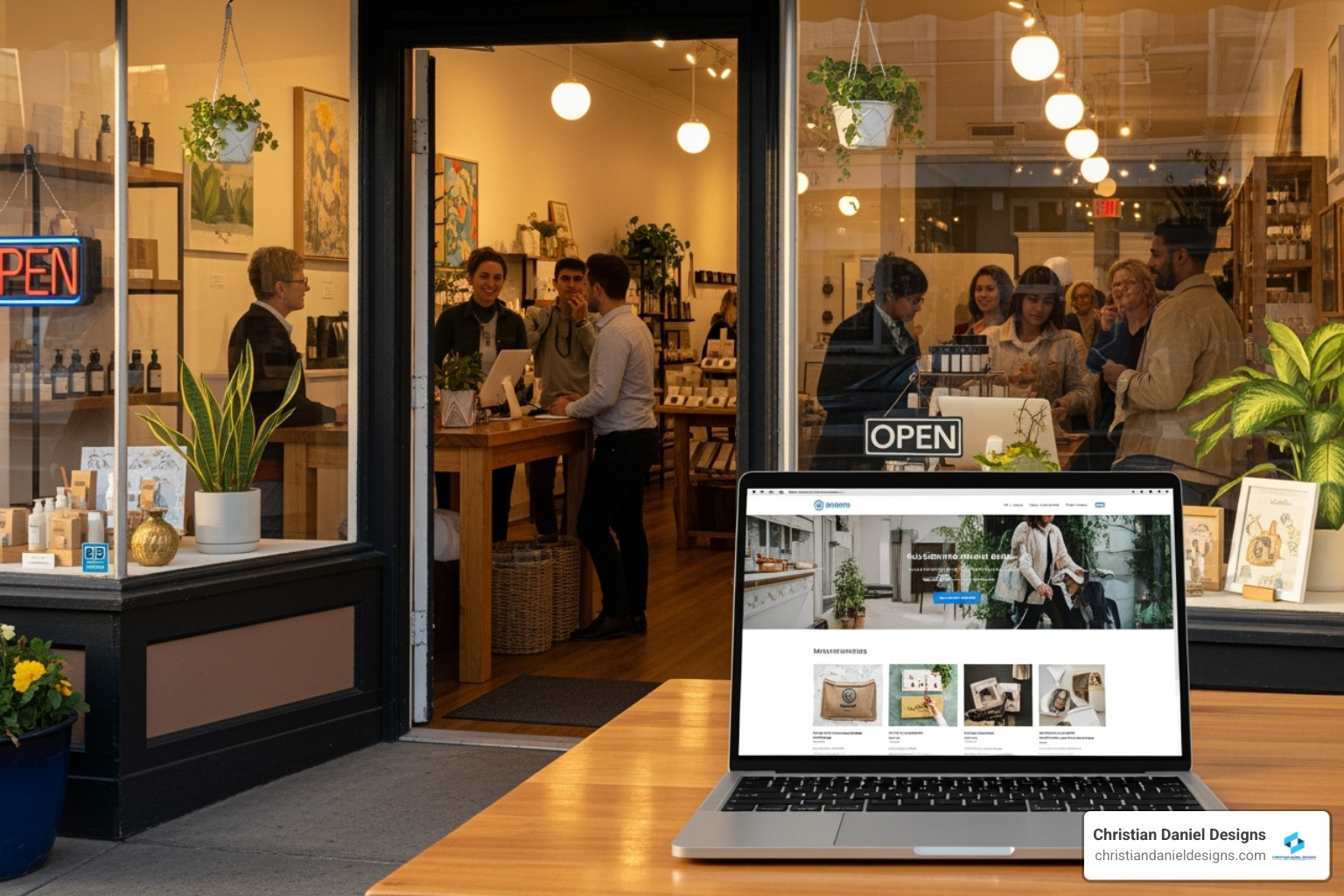
Throughout this guide, I’ve walked you through why a professional website is your most valuable business asset, from the critical importance of mobile-first design to the direct connection between design quality and sales. I’ve shared my blueprint for effective small business web design—the essential UX elements that keep visitors engaged, the content strategies that convert browsers into buyers, and the technical foundations that keep everything running smoothly.
I’ve also explored the practical side of building your site: understanding the real differences between working with an agency versus a freelancer, knowing what to expect in terms of cost and timeline, and avoiding the common pitfalls that trip up so many business owners.
After 20+ years designing websites and producing video content for small businesses and hospitality brands throughout New York City, Queens, Jersey City, and Hoboken, I’ve learned that the best websites come from genuine collaboration. I work directly with my clients—no account managers or middlemen—to create custom, fast, and mobile-friendly sites that don’t just look beautiful but deliver real, measurable results.
Your website is an investment in your business’s growth and future. It’s about creating a digital presence that works as tirelessly as you do, turning curious visitors into loyal customers and helping your business reach its full potential.
If you’re ready to build a website that truly represents your brand and drives results, I’d love to hear about your vision. Contact me to discuss your project and I can create something remarkable for you.




